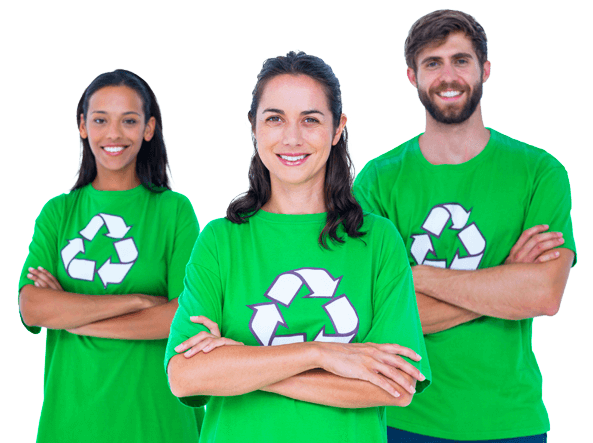Innovative Methods for Packaging and Cardboard Disposal
Posted on 01/06/2025
Innovative Methods for Packaging and Cardboard Disposal
The global surge in online shopping, retail expansion, and industrial growth has brought packaging waste, especially cardboard, into the spotlight. Dealing with packaging materials responsibly is now a priority for both individuals and businesses aiming to lower their environmental footprint. In this article, we will explore a variety of innovative methods for packaging and cardboard disposal, highlighting the latest trends, technologies, and best practices for sustainable waste management.
Why Focus on Cardboard and Packaging Waste?
Packaging plays a crucial role in modern commerce -- preserving goods, enabling safe transportation, and enhancing the consumer experience. However, its ubiquity also leads to considerable waste. Cardboard, one of the most widely used packaging materials, is often discarded after a single use. According to the Environmental Protection Agency (EPA), packaging materials constitute nearly 30% of total municipal solid waste. Proper disposal and management of cardboard can greatly reduce landfill strain and environmental harm, but it requires more than simple recycling bins.
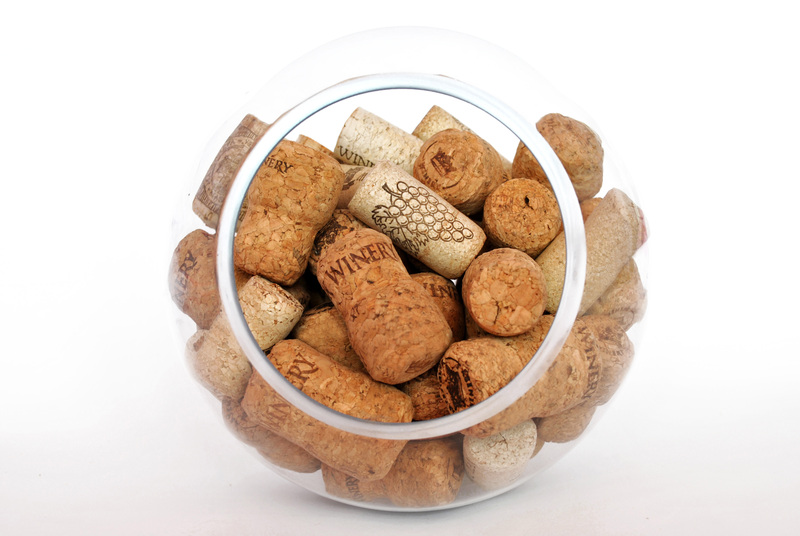
Traditional vs. Innovative Cardboard Disposal Methods
Historically, cardboard has been handled through basic recycling and landfilling. While recycling is beneficial, logistic challenges and contamination issues can hinder its effectiveness. Landfilling, on the other hand, poses significant environmental risks.
The increasing focus on environmental sustainability has sparked a wave of innovative packaging and cardboard disposal methods that prioritize efficiency, cost-effectiveness, and ecological responsibility. Here's how these methods are revolutionizing the industry.
1. Advanced Recycling Technologies
- Pulping and Deinking: Traditional cardboard recycling relies on pulping, but new technologies now allow for better ink separation and cleaner paper fibers, resulting in higher-quality recycled products.
- Chemical Recycling: This method uses solvents to break down cardboard into its molecular components, yielding material that can be reused in advanced manufacturing.
- Automated Sorting: Artificial intelligence-powered sorting lines increase accuracy, reduce contamination, and improve the yield of recyclable cardboard.
These advanced recycling methods ensure that more cardboard is effectively reused, reducing resource extraction and minimizing landfill use.
2. Composting Cardboard Packaging
Composting is an emerging innovative cardboard disposal technique. While not all cardboard is compostable (due to inks or coatings), many forms of clean, untreated packaging can be shredded and added to compost piles. Cardboard serves as a valuable carbon source ("brown" material) in the composting process, helping to balance nitrogen-rich waste and produce nutrient-rich compost for agriculture and landscaping.
3. Reuse and Repurposing Initiatives
- Reverse Logistics Programs: Businesses are implementing systems for collecting used packaging from consumers for cleaning and reuse, reducing the need for new cardboard production.
- Circular Economy Approaches: Packaging designers are creating boxes that can be easily disassembled and reshaped for multiple uses, promoting a circular lifecycle rather than a linear, single-use one.
- Creative Repurposing: In both commercial and domestic settings, cardboard is being transformed into furniture, art, insulation, and storage solutions, extending its use far beyond single-use packaging.
Such practices reduce the volume of waste generated and spark creativity and entrepreneurial opportunities in the upcycling space.
Cutting-Edge Innovations in Packaging Disposal
1. Smart Bin Technology
A significant challenge with traditional recycling is improper sorting and contamination. Smart bins use sensors, cameras, and connectivity to identify cardboard and other recyclables, providing feedback to users and data to waste management companies. These bins optimize the collection and separation process, ensure better recycling rates, and lower costs.
2. Enzymatic and Microbial Decomposition
Researchers have developed enzyme-based solutions that speed up the decomposition of cellulose fibers in cardboard, breaking it down into safe byproducts. Similarly, specially engineered microbes can "digest" cardboard much faster than traditional composting methods, turning it into valuable products such as biofuels, bioplastics, or soil conditioners.
3. AI-Driven Waste Collection and Management
Artificial intelligence is playing a growing role in cardboard waste management. AI systems can:
- Analyze waste streams to identify sources of contamination
- Optimize collection routes for efficiency
- Predict when and where cardboard waste will peak (such as after major holidays or sales events)
This data-driven approach streamlines cardboard collection, reduces emissions from waste hauling, and maximizes the capture of recyclable materials.
Revolutionary Packaging Materials and Sustainable Alternatives
1. Biodegradable and Compostable Packaging
While cardboard is renewable and easily recyclable, not all packaging is created equal. New materials are hitting the market, including:
- Plant-Based Films and Papers: Made from corn, algae, or sugarcane, these packaging materials break down naturally and integrate with composting systems.
- Mushroom Packaging: Engineered using mycelium, mushroom packaging is compostable, sturdy, and offers a promising alternative to conventional boxes and fillers.
- Seaweed-Based Solutions: Seaweed is fast-growing and can be turned into flexible, biodegradable packaging for a range of logistics and food uses.
Adopting such innovative packaging materials not only reduces reliance on cardboard but also addresses disposal challenges by integrating seamlessly with existing waste infrastructure or composting methods.
2. Minimalist and Modular Packaging Design
Another trend in innovative packaging disposal is "designing for end-of-life." Minimalist packaging reduces material use, while modular systems employ standardized boxes that can be returned, reused, or reconfigured. Companies are increasingly considering the disposal phase in design processes, ensuring their products are easy to recycle, compost, or safely degrade.
Best Practices for Businesses and Consumers
1. For Businesses:
- Educate Employees and Customers: Offer clear guidelines for cardboard and packaging disposal to minimize contamination and maximize recovery.
- Work with Certified Recyclers: Partner with companies using advanced recycling or composting technologies to ensure responsible disposal.
- Implement Take-Back Programs: Facilitate the return and safe reuse or recycling of packaging materials.
- Encourage Innovative Packaging Design: Collaborate with suppliers to develop materials that are easier to recycle, reuse, or compost.
- Monitor Performance: Track waste reduction, recycling rates, and customer feedback to continuously improve packaging and disposal practices.
2. For Consumers:
- Clean and Flatten Boxes: Remove tape, labels, and non-paper elements to reduce contamination before recycling.
- Seek Out Reuse Opportunities: Save sturdy boxes for storage or gifting, or offer them to others in your community or via online platforms.
- Compost When Possible: If your cardboard packaging is not coated or printed with heavy inks, add it to your compost pile for zero-waste disposal.
- Support Sustainable Brands: Choose products with eco-friendly packaging and participate in brand take-back or reuse programs.
- Stay Informed: Keep up with your municipality's latest waste management guidelines and innovative recycling programs.
Challenges and Future Outlook
While there are many pioneering methods for packaging and cardboard disposal, several challenges remain:
- Contamination: Food residue, waxes, and plastics can prevent cardboard from being effectively recycled or composted.
- Infrastructure: Access to advanced recycling technologies and composting facilities varies widely by region.
- Costs: New technologies often have high up-front costs that can be prohibitive for small businesses or municipalities.
- Consumer Awareness: Many individuals are unaware of best practices for cardboard disposal or the availability of take-back and reuse programs.
Despite these obstacles, the direction is clear: innovation in packaging and cardboard disposal is set to accelerate as environmental pressures mount, regulations tighten, and consumers demand sustainable practices.
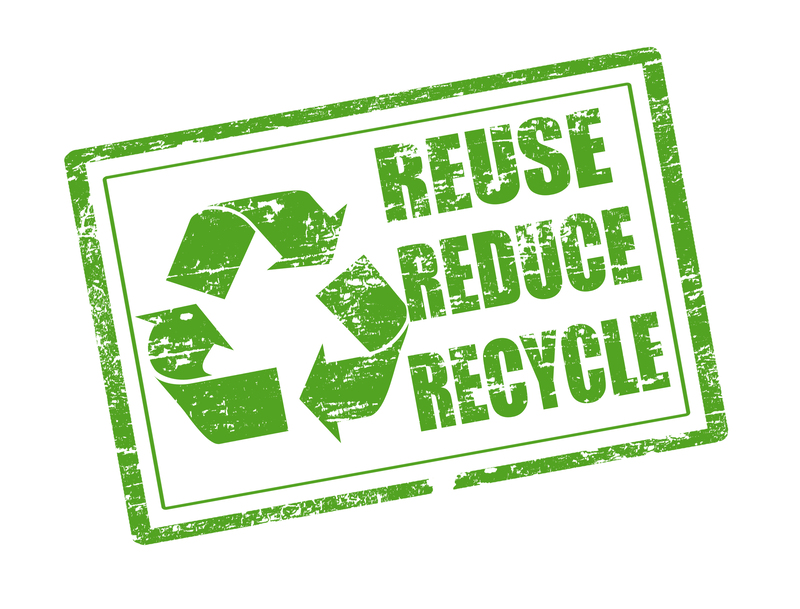
The Role of Policy and Regulation
Governments play a pivotal role in driving and implementing innovative disposal methods for packaging and cardboard:
- Enacting Extended Producer Responsibility (EPR) programs that require companies to manage the entire lifecycle of their packaging.
- Setting standards for recyclable, compostable, and reusable packaging.
- Funding research into advanced sorting, recycling, and composting technologies.
- Supporting public education and community waste reduction initiatives.
These measures are essential for scaling up cutting-edge solutions and ensuring a circular economy for packaging materials.
Conclusion: Moving Beyond Traditional Cardboard Disposal
The landscape of packaging and cardboard disposal is rapidly evolving, driven by technological breakthroughs, creative reuse strategies, and a growing societal commitment to sustainability. From AI-powered smart bins and enzyme-based decomposition to biodegradable alternatives and circular economy initiatives, a future with minimal packaging waste is within reach.
By adopting innovative methods for packaging and cardboard disposal, businesses and consumers alike can reduce their environmental impact, conserve resources, and play an active role in building a greener, cleaner world. Staying updated with the latest developments and participating in responsible packaging practices are small actions that make a big collective difference.
FAQs
- What is the most environmentally friendly way to dispose of cardboard packaging?
Recycling clean and dry cardboard is generally the best option, followed by composting if facilities are available. Reusing boxes further extends their lifecycle. - How can businesses innovate in packaging disposal?
They can embrace smart waste management systems, design reusable packaging, participate in take-back programs, and partner with advanced recyclers or composters. - Are there new materials replacing traditional cardboard?
Yes. Bioplastic, mushroom, and seaweed-based packaging offer promising sustainable alternatives, especially for food and direct-to-consumer applications. - What role does the consumer play?
Consumers can maximize recycling rates, minimize contamination, and support brands that use innovative, eco-friendly packaging solutions.
By implementing and advocating for innovative packaging disposal techniques, we can create a sustainable system that benefits the planet, the economy, and future generations.

 020 3875 4152
020 3875 4152 020 3875 4152
020 3875 4152




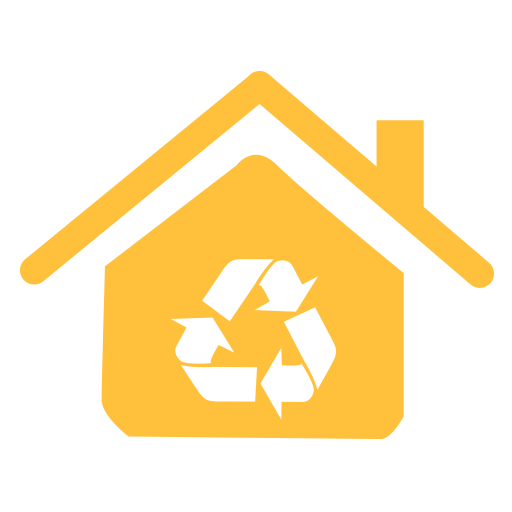 House clearance
House clearance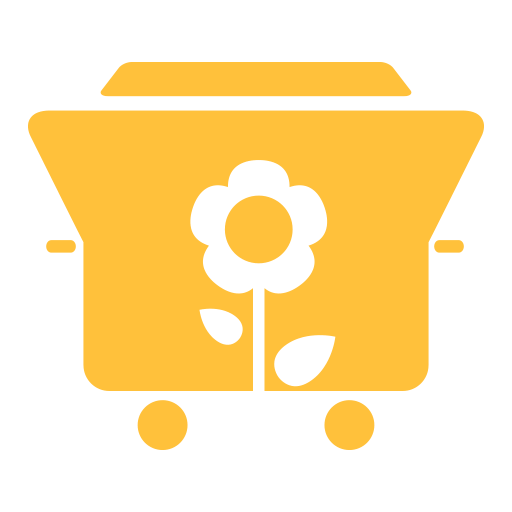 WASTE REMOVAL
WASTE REMOVAL